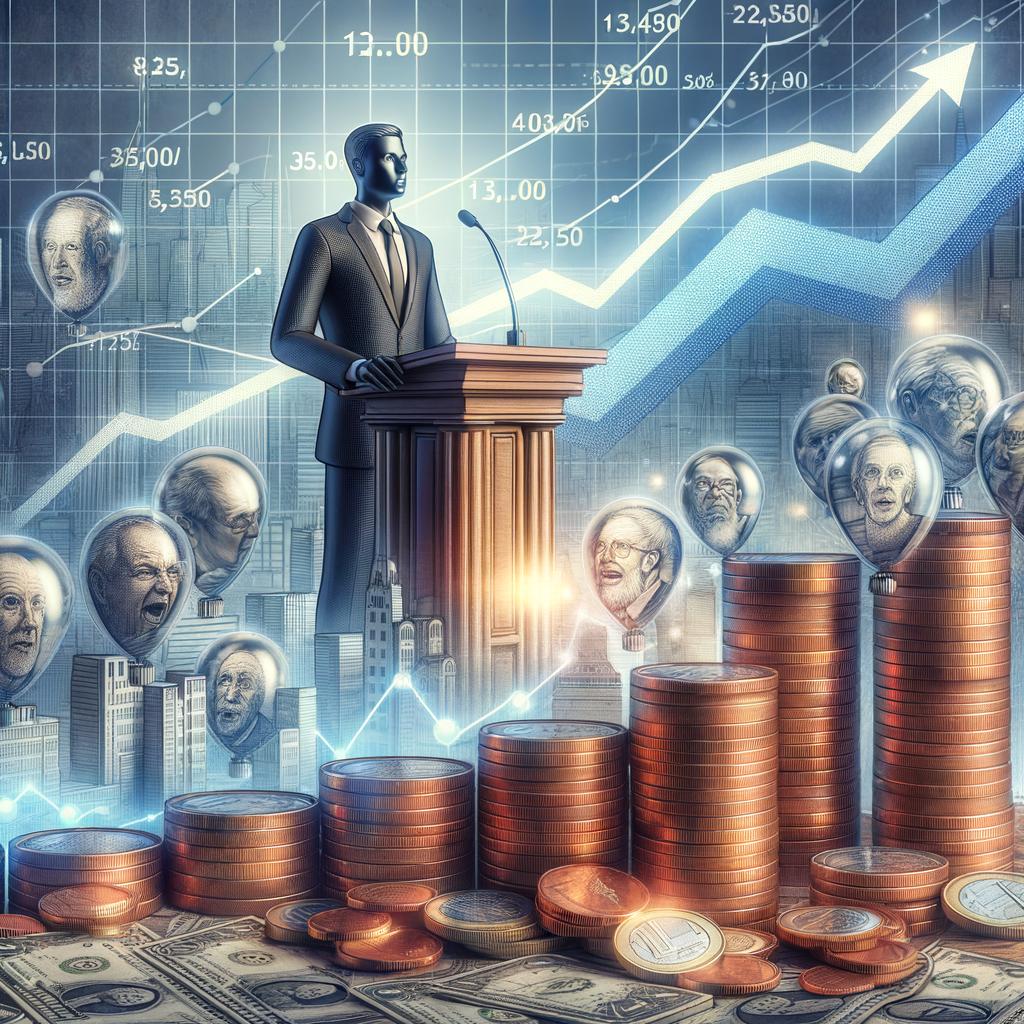As the nation grapples with the challenges brought on by soaring inflation, the economic policies of the President come under intensified scrutiny. The rising cost of living has permeated every corner of American life, affecting families, businesses, and the broader economic landscape. In this critical analysis, we will delve into the strategic decisions made by the current administration, evaluating their effectiveness in combating inflation while fostering sustainable economic growth. By examining key policies—ranging from fiscal stimulus measures to regulatory adjustments—we aim to shed light on the complexities of governmental action in turbulent economic times. Understanding these policies is essential not only for fostering informed public discourse but also for assessing the long-term implications they hold for the nation’s financial health. As we explore the multifaceted approach of the President in addressing inflation, we invite you to consider the vital balance of immediate relief and responsible stewardship of the economy.
The correlation between economic policies and inflation trends is one that requires careful dissection, especially in the current climate marked by rising prices. It is essential to recognize that fiscal policies, such as government spending and tax adjustments, directly influence demand-side pressures on inflation. When the government injects more money into the economy without corresponding growth in goods and services, demand exceeds supply, resulting in higher prices. Additionally, monetary policy—utilizing interest rates and open market operations—plays a critical role in regulating the money supply. A tight monetary policy, characterized by higher interest rates, can mitigate inflationary pressures by reducing consumer spending and discouraging excessive borrowing. Conversely, a loose monetary policy may exacerbate inflation if too much money chases too few goods.
To effectively navigate these inflationary challenges, a combination of strategies is essential. Policymakers should focus on:
- Targeted tax relief for middle and lower-income families to enhance their purchasing power.
- Investment in infrastructure and technology to boost productivity and supply chain efficiency.
- Incentives for businesses to increase production capacity and innovate.
- Strengthening regulatory frameworks to avoid supply bottlenecks that contribute to rising costs.
Moreover, the impact of such initiatives should be carefully monitored and adjusted, ensuring they align with broader economic goals while tackling inflation decisively. By effectively balancing fiscal and monetary reforms, it is possible to tame inflation and foster a stable economic environment conducive to growth.
To Wrap It Up
the analysis of the President’s economic policies amid rising inflation reveals a complex landscape marked by both challenges and opportunities. As inflation continues to impact households and businesses across the nation, it is imperative that we critically assess the strategies implemented to navigate this economic turbulence. While some initiatives may provide short-term relief, sustainable solutions require a balanced approach that prioritizes both economic growth and stable prices.
Moving forward, policymakers must emphasize transparency and adaptability, ensuring that their responses are informed by data and reflect the evolving realities faced by citizens. By fostering an inclusive dialogue that engages various stakeholders—ranging from economists to everyday consumers—we can work collectively towards policies that not only mitigate inflationary pressures but also promote long-term economic resilience.
As citizens, it is our responsibility to remain informed and actively participate in discussions about our nation’s economic direction. By advocating for informed policies and ensuring accountability from our leaders, we can contribute to an economy that serves all Americans. Let us remain vigilant and engaged, working together towards a more stable, prosperous future in these challenging times.

Leave a Reply